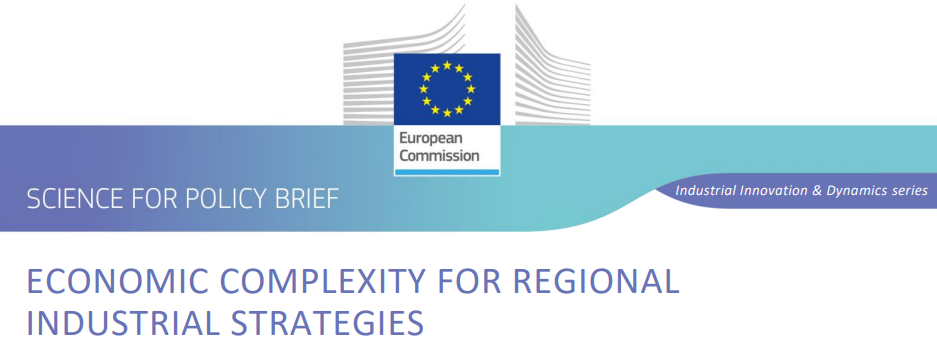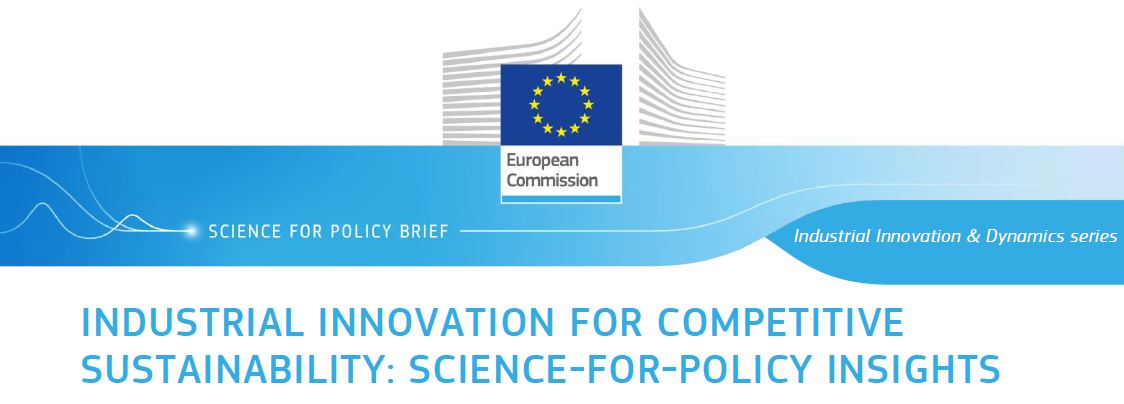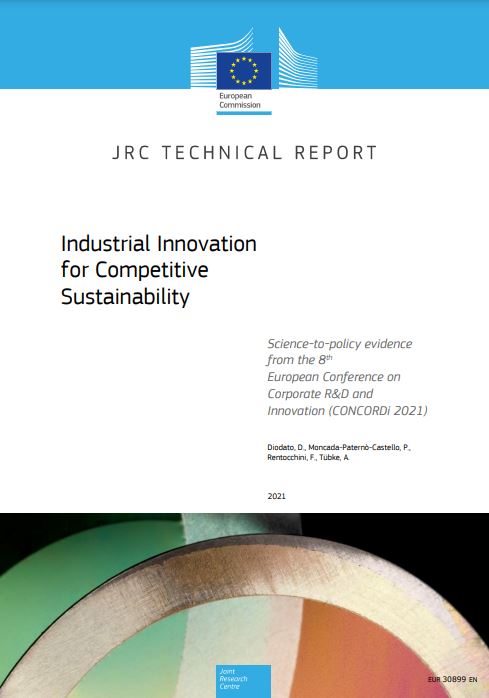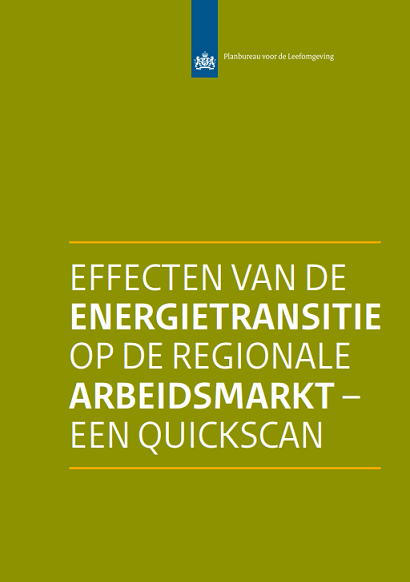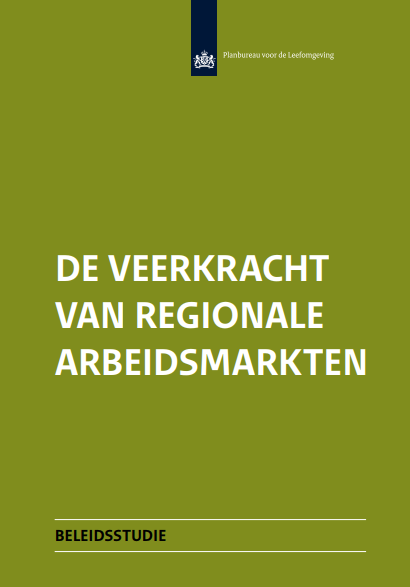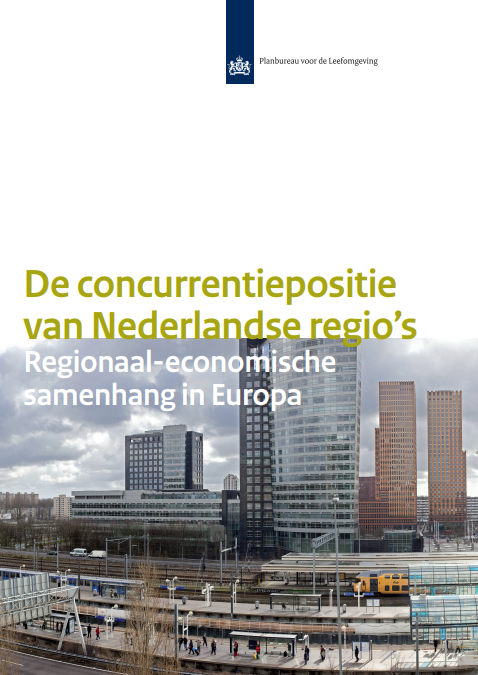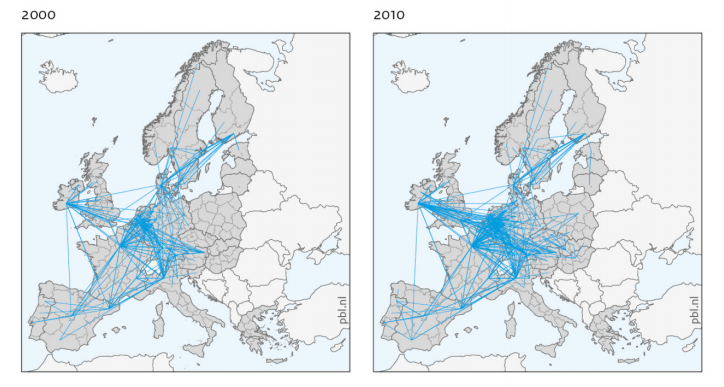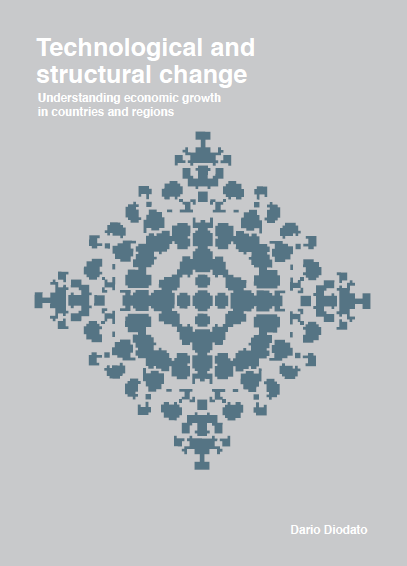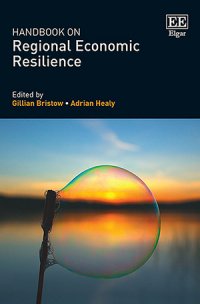Dario Diodato, Lorenzo Napolitano, Emanuele Pugliese, Andrea Tacchella (2023), . Publications Office of the European Union Agency
Industrial innovation for competitive sustainability: Science-for-policy insights
Industrial Innovation for Competitive Sustainability – Science-to-policy Evidence from the 8th European Conference on
Corporate R&D and Innovation (CONCORDi 2021)
Effecten van de Energietransitie op de Regionale Arbeidsmarkt – een Quickscan
De Veerkracht van Regionale Arbeidsmarkten
De Concurrentiepositie van Nederlandse Regio’s
Italiani nella Bay Area: Innovazione, Imprese e Istituzioni
EUREGIO: The construction of a global IO database with regional detail for Europe for 2000-2010
Mark Thissen, Maureen Lankhuizen, Frank van Oort, Bart Los, Dario Diodato (2018), Tinbergen Institute Discussion Paper TI 2018-084/VI
This paper introduces the EUREGIO database: the first time-series (annual, 2000-2010) of global IO tables with regional detail for the entire large trading bloc of the European Union. The construction of this database, which allows for regional analysis at the level of so-called NUTS2 regions, is presented in detail for its methodology and applications. The tables merge data from WIOD (the 2013 release) with, regional economic accounts, and interregional trade estimates developed by PBL Netherlands Environmental Assessment Agency, complemented with survey-based regional input-output data for a limited number of countries.
Integration and convergence in regional Europe: European regional trade flows from 2000 to 2010
Mark Thissen, Dario Diodato, and Frank van Oort (2013), PBL Netherlands Environmental Assessment Agency n.1036
Policy research analysing Europe’s recent focus on place-based development (Barca, 2009) and the regional smart specialisation perspective (McCann and Ortega-Argilés, 2011) has been hampered by data deficiencies. This is particularly the case for empirical evidence on interregional relations that are central in these new policy initiatives, which are based on a systems way of thinking about innovation and growth. As a solution to this problem, we propose the development of an up-to-date data set that meets certain requirements. The resulting bi-regional panel data set describes the most likely trade flows between European regions, given all the available information, and is consistent with national accounts over the 2000–2010 period.
Integrated regional Europe: European regional trade flows in 2000
Mark Thissen, Dario Diodato, and Frank van Oort (2013), PBL Netherlands Environmental Assessment Agency n.1035
This paper proposes a new methodology to determine interregional trade and present a unique data set on trade between 256 European NUTS2 regions, for the year 2000. The methodology stays close to a parameter-free approach as proposed by Simini et al. (2012), and deviates therefore from earlier methods based on the gravity model that suffer from analytical inconsistencies. Unlike a gravity model estimation, our methodology stays as close as possible to observed data without imposing any geographical trade patterns.

